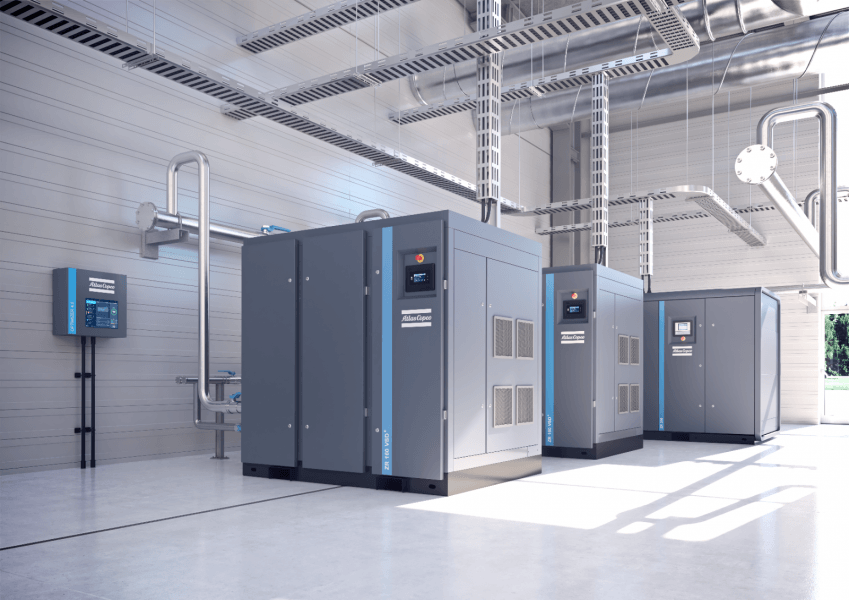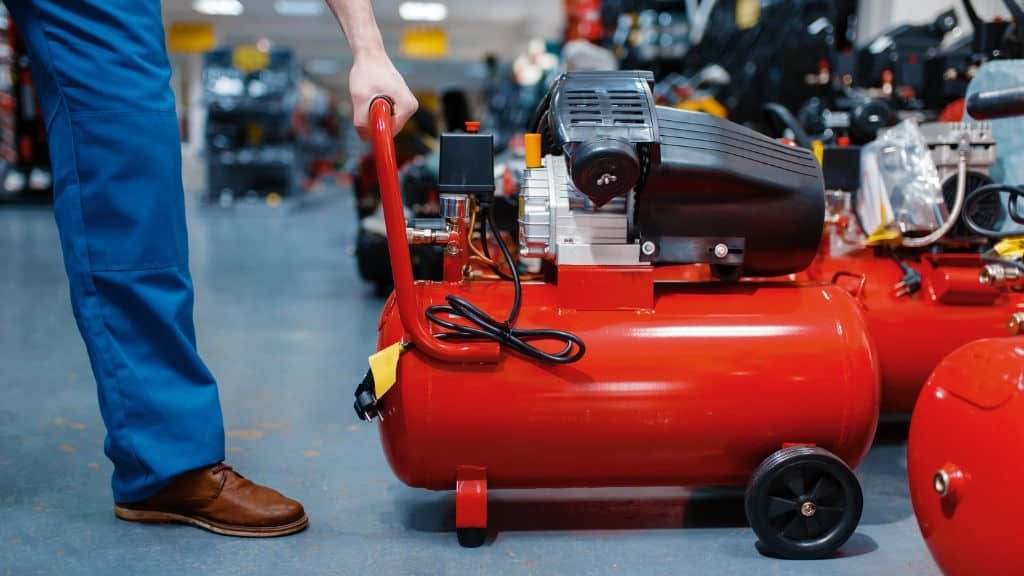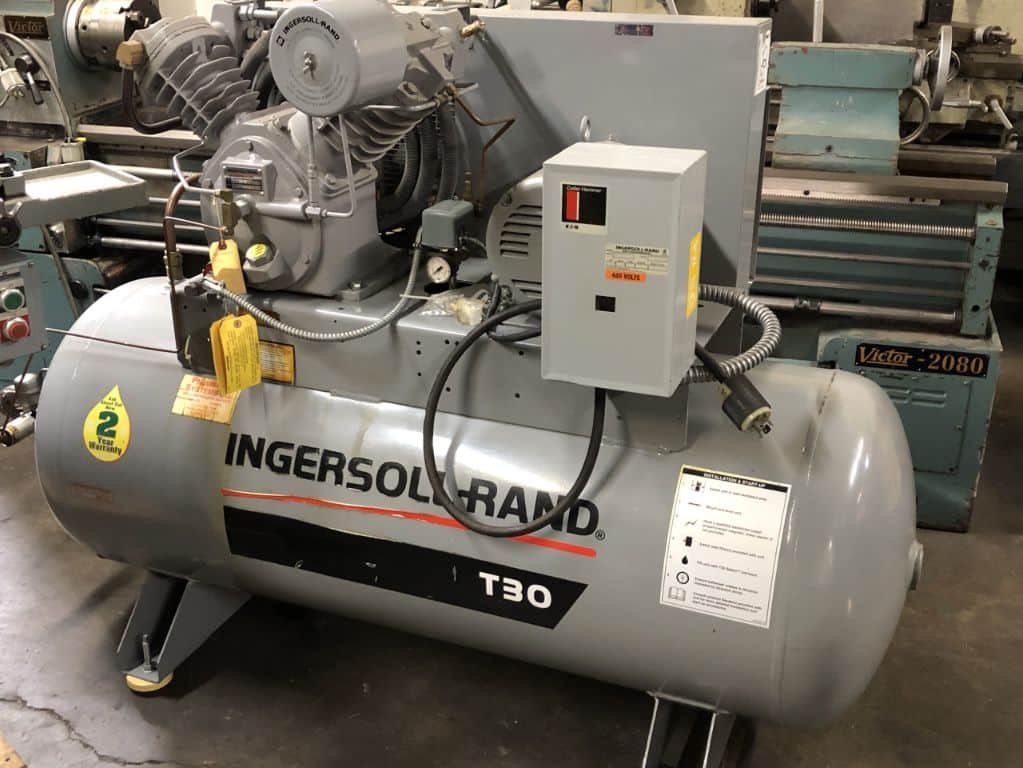Data centers are critical to the modern world, providing the infrastructure needed to store and process vast amounts of data generated by businesses, governments, and individuals. However, the increased demand for data storage and processing has led to a significant increase in energy consumption, making it a challenge to keep data centers cool while maintaining energy efficiency. This is where air compressors come into play as an innovative cooling solution for data centers in the digital age.
Understanding the Cooling Needs of Data Centers
Data centers are essentially large computer rooms that require a constant supply of cool air to maintain optimal operations. The servers, storage systems, and networking equipment generate a significant amount of heat that needs to be removed to avoid system failure and data loss. The cooling system in a data center should be efficient, reliable, and scalable to cater to the varying cooling needs of the facility.
Traditional Cooling Systems in Data Centers
Traditional cooling systems in data centers include computer room air conditioning (CRAC) units and chillers. CRAC units are designed to cool the air in the computer room and remove the heat generated by the equipment. Chillers, on the other hand, are used to cool the water that is circulated through the cooling pipes in the data center. While these systems have been effective in the past, they are not always suitable for modern data centers.
Air Compressors as an Alternative Cooling Solution
Air compressors are becoming a popular solution for cooling data centers in the digital age, offering increased energy efficiency and cost savings. Unlike traditional cooling systems, air compressors use air as the cooling medium, eliminating the need for water and refrigerants. This makes air compressors a more environmentally friendly cooling solution that reduces the carbon footprint of data centers.
Air compressors work by compressing air and releasing it through a series of nozzles or diffusers, creating a high-velocity airflow that cools the equipment. The compressed air is cooled using an external heat exchanger before being released into the data center, ensuring that the air is at the right temperature and humidity levels.
Benefits of Using Air Compressors in Data Centers
The use of air compressors in data centers offers several benefits, including:
- Increased energy efficiency: Air compressors use less energy than traditional cooling systems, resulting in significant cost savings for data center operators.
- Reduced carbon footprint: Air compressors are a more environmentally friendly cooling solution that reduces the carbon footprint of data centers.
- Scalability: Air compressors can be easily scaled up or down to cater to the varying cooling needs of the data center.
- Reduced water consumption: Air compressors eliminate the need for water in the cooling process, reducing water consumption in data centers.
Conclusion
Air compressors are becoming a popular cooling solution for data centers in the digital age, offering increased energy efficiency, cost savings, and reduced environmental impact. While traditional cooling systems such as CRAC units and chillers have been effective in the past, they are not always suitable for modern data centers. As the demand for data storage and processing continues to grow, data center operators must consider innovative cooling solutions such as air compressors to maintain optimal operations.




